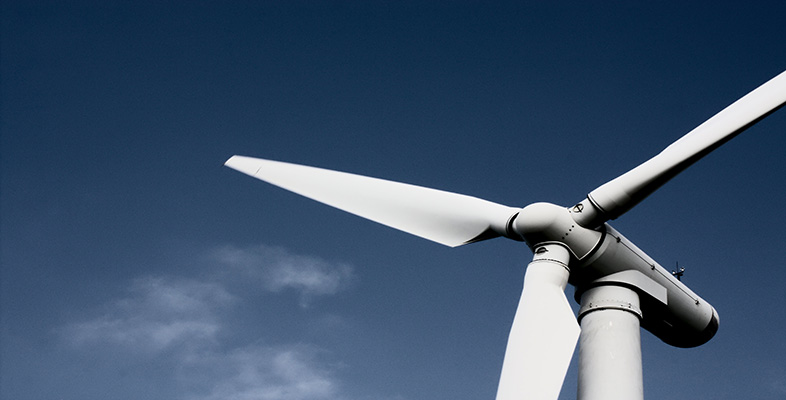S278_2 Glossary
S278_2 Glossary.
Browse the glossary using this index
Special | A | B | C | D | E | F | G | H | I | J | K | L | M | N | O | P | Q | R | S | T | U | V | W | X | Y | Z | ALL
A |
|---|
AnoxicConditions that are oxygen poor (lacking oxygen). Not all the fixed carbon in dead plant tissue returns to the atmosphere as CO2: some may be retained as carbon-enriched residue and yet more converted into hydrocarbons. | |
B |
|---|
BiomassWood and other plant materials that can be used as fuels. | |
C |
|---|
CarbohydratesOrganic compounds of carbon, hydrogen and oxygen, with the general formula CnH2nOn. Glucose, one of the simplest carbohydrates, has the formula C6H12O6. | |
Carbon cycleThe movement of carbon between the major natural stores of carbon (called ‘reservoirs’) on the Earth. The two major divisions of the cycle are the terrestrial and marine carbon cycles. | |
E |
|---|
EnergyThe capacity to do work, measured in joules (J). | |
Energy densityThe amount of energy stored by a resource relative to the volume that it occupies. | |
Energy efficiency | |
EnthalpyThe total energy content of a physical system. | |
F |
|---|
ForceThe means by which the direction or speed of movement of an object is changed; equal to mass x acceleration. | |
Fossil fuelsCombustible resources derived from ancient organisms, especially coal, oil and natural gas. | |
FuelsMaterials capable of liberating energy by nuclear and chemical reactions, including combustion. They commonly have a high energy density. | |
G |
|---|
Grammer termsMethod acting | |
H |
|---|
HydrocarbonsOrganic compounds, such as methane, that contain only hydrogen and carbon. | |
HydropowerConversion of the potential energy of water in rivers or reservoirs to electricity, by using the kinetic energy that is released when it flows to turn turbines. Because rainfall stems from water vapour evaporated from the ocean surface, hydropower is an indirect form of solar energy. | |
J |
|---|
Joule (J) | |
K |
|---|
Kinetic energy | |
M |
|---|
Marine carbon cycleThat part of the carbon cycle that involves the circulation of carbon in seawater through biological activity and inorganic processes. | |
MethaneCH4; a gaseous hydrocarbon that is the main component of natural gas. | |
N |
|---|
NewtonThe force that gives a mass of one kilogram (kg) an acceleration of one metre per second per second (m s−2), and is therefore equivalent to 1 kg m s−2. | |
Non-renewable energyEnergy resources that are replenished naturally over extended timescales of thousands or millions of years. As they are exploited faster than they are replenished they are considered as non-renewable. | |
P |
|---|
PhotosynthesisA chemical reaction in green plants in which carbon dioxide from the atmosphere combines with water to form carbohydrates, using the energy of solar radiation. | |
Photovoltaic (PV) effectThe result of electrons being freed from impurities in semiconductors by the quantum energy of light photons, so that the electrons move to generate both electrical potential and current. The principle behind solar cells. | |
Potential energy | |
Power | |
Primary energyThe energy released by directly burning fossil fuels or consumed at source in electricity generation. | |
R |
|---|
Renewable energy | |
Residence timeThe average time that carbon stays in a reservoir before moving to another reservoir, estimated by the amount in the reservoir divided by the transfer rate. | |
RespirationThe process where the organisms uses oxygen from air to react with the carbohydrates to liberate energy. Carbon dioxide and water are returned to the atmosphere during the respiration process. | |
S |
|---|
Solar energy | |
T |
|---|
Terrestrial carbon cycleThat part of the carbon cycle involving biological and inorganic processes on land. | |
Tonne oil equivalent (toe)The chemical energy contained in one tonne of oil, it equates approximately to 4.19 × 1010 J. Often used as a convenient means of comparing the energy contents of different fossil fuels. | |
W |
|---|
Watts (W) | |
Work | |
